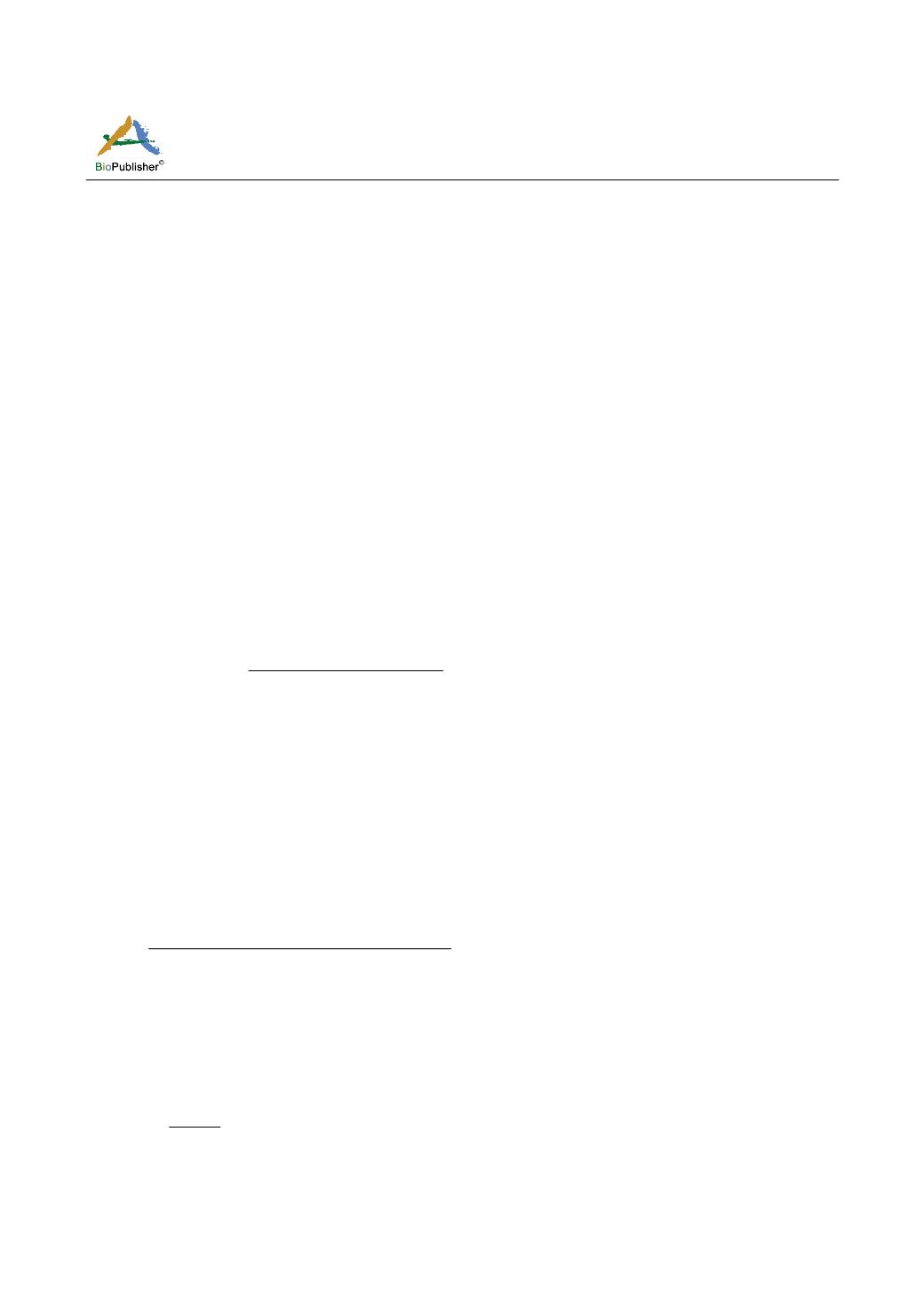
Biological Evidence 2018, Vol.8, No.3, 21-31
23
cool. There after, 20 ml of distilled water was added and it was mixed properly. The mixture was then filtered into
a 100 ml volumetric flask, which was made up to the mark with distilled water.
1.4 Sample analysis using atomic adsorption spectrophotometer
The digested samples were aspirated into the Atomic absorption spectrophotometer (AAS) set at varying
wavelengths. The resultant values displayed were recorded.
1.5 Environmental risk assessment
Environmental risk assessment is a tool to used ascertains level of impact of heavy metals due to anthropogenic
activities in the ecosystems (viz: water, sediment and soil). Several studies have widely used different set of data
as reference background values. Some of the commonly used data include geometric mean (Thambavani and Uma
Mageswari, 2013; Bhutiani et al., 2017; Izah et al., 2017b-d; 2018) and median mean (Monakhov et al., 2015;
Bhutiani et al., 2017; Izah et al., 2017b-d, 2018) of contaminated locations and arithmetic mean of the control
(unpolluted location). The use of geometric mean and median mean has been applied by authors (Bhutiani et al.,
2017; Izah et al., 2017b-d; 2018). As such both background mean were used in this study.
The indices studied include contamination factor, degree of contamination, pollution load index, index of
geo-accumulation, quantification of contamination, ecological risk and ecological risk index. The resultant values
of the environmental risk are compared to the values presented in Table 1.
1.6 Contamination factor
Contamination factor (CF) is used to show pollution level in relative to average concentration of the respective
heavy metals in the environment (Izah et al., 2017d). Contamination factor was developed by Hakanson (1980).
Contamination factor =
( )
( )
(Equation 1)
Where, EC is the mean concentration of each metal under study, while BV is the background value
1.7 Contamination degree
Degree of contamination (CD) is the summation of the contamination factors (Singovszka et al., 2014; Bhutiani et
al., 2017; Izah et al., 2017d). Contamination degree was developed by Hakanson (1980).
Degree of contamination =
∑ + +
+ + +
+
(Equation 2)
1.8 Pollution load index
Pollution load index (PLI) is used to show level of heavy metals toxicity in respect to the various locations
(Tomlinson et al., 1980; Izah et al., 2017d; Bhutiani et al., 2017). Pollution load index have been previously
described by Tomlinson et al. (1980) and have been applied by Bhutiani et al. (2017), Izah et al. (2017d).
PLI =
x
x
x
x x
x
(Equation 3)
Where, CF = contamination factor
1.9 Quantification of contamination
Quantification of contamination (QoC) is used to represents the lithogenic metal (Asaah et al., 2006; Bhutiani et
al., 2017; Izah et al., 2017c). Quantification of contamination index have been applied in different environmental
components including water (Bhutiani et al., 2017) and soil (Izah et al., 2017c).
QoC (%) =
(
)
x 100
(Equation 4)
Where QoC is quantification of contamination, CE is the concentration of metal in the sample and BE is the
background of the elemental concentrations.


